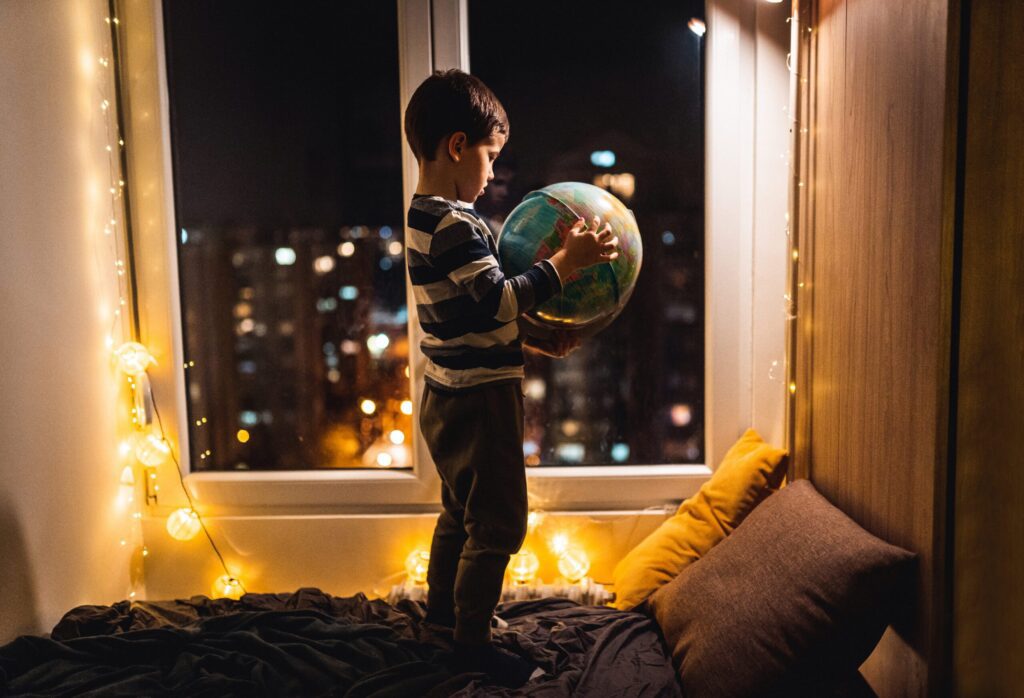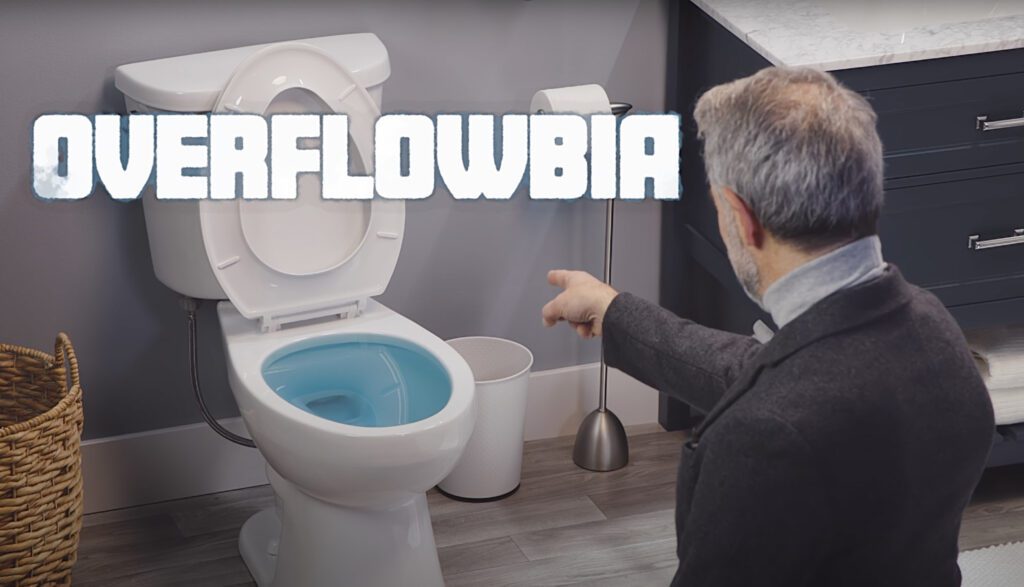Why Brand Distancing Is the Worst Thing Marketers Can Do Right Now
We are all experiencing this COVID-19 pandemic for the first time, together. And by “we” I mean people, in all of our roles – including brand marketers. It seems the rules for living are changing day-by-day (sometimes even faster), but the idea of connecting with our current and target customers is still as important as ever. So while we are all actively practicing social distancing for our health, practicing brand distancing can have the opposite effect on our businesses.
I’m not saying it’s easy. Everyone is overwhelmed, unsure of what to say or do in their personal lives as well as in their professional lives (which are mixing pretty heavily now that enormous numbers of us are suddenly working from home). During this overwhelming time, companies are walking a very delicate balance, and many are wondering: will communicating about my brand seem predatory instead of helpful? They may be thinking that brand distancing is the most innocuous way forward, one that won’t cause any harm. The reality is, ghosting on your customers (and your prospects) is not cool now – and it won’t be cool later, when things are back to “normal.”
Sports are gone. We can’t go out to dinner or to a bar with friends. Heck, we’re not even supposed to be driving around, really. And if we do see another human face to face vs. over video, we have to keep our distance. Literally. Six feet. The disconnection feeling is strong already, and we are likely just at the beginning of what will feel like a long period of isolation.
Brand Distancing Can Make that Feeling Worse.
We feel comfort when we hear from brands we know and love (and are probably missing very much right now). After all, marketers talk all the time about how they build a relationship with their customers – how they are on the customer journey together. If your travel partner suddenly disappeared, you’d probably feel unsettled. But if they stayed by your side virtually, you’d appreciate the effort and be even more eager to get back in the car with them once the travel ban is lifted. That’s the power that brands have right now – and it shouldn’t be taken lightly.
What about if we don’t already have a relationship with a brand? Well, we get pleasure when we discover a new brand that feels right to us and for us – even if we can’t make a purchase right now. We like researching that brand, asking others about it, and telling others about it. And people will be doing lots and lots of discovering while they are stuck at home, leveraging their digital devices as primary points of connection.
Brand distancing is damaging, whether you are speaking to current, former, or (hopefully) future customers. You need to start (or continue) the conversation. But what should you say?
Don’t Overpromise. Do Deliver.
Again, these are trying times. Brands should be communicating in a way that is perceived as helpful, not exploitative, so your messaging is key. It must feel like it has a purpose – a purpose beyond simply selling. To avoid brand distancing, you need to be bringing both sides together by offering a win-win for you and for your customer.
What can you deliver right now to mitigate brand distancing? Think about that question as three questions:
-
What can you deliver physically?
If you own a fine dining establishment, the sudden inability of customers to visit your restaurant can feel like a crushing blow. Yes, you can offer items for pick-up, but so can everyone else. How can you take it a step further?
Consider upping your to-go game so that when people put your meals on their table, they are also capturing a bit of the ambiance that makes what they experience at your restaurant so special. Maybe you can include cloth napkins, your signature candy, a handwritten note from the chef on a logo-bearing card… and then you can package your offerings for a fun ad campaign across digital, social, email and local radio.
When it comes from your restaurant, it’s not just take-out – it’s a “table transformer.” Give your offering a catchy name and bring it to life with a video featuring your chef. Oh, and surprise and delight customers with something extra: a nice slice of Instagram-worthy cake, for instance, so they’ll amplify the message.
-
What can you deliver remotely?
If you work at a gym, social distancing and travel bans mean zero people are walking through the door – at least that will be the reality shortly if it isn’t already. Those same people are probably going to freeze their memberships; after all, why should they pay if they can’t come in and work out? Maybe you can offer exclusive online workout sessions with a personal trainer, so they can stay active while they are at home (and not undo all the hard work they’ve put in just sitting in front of their laptops at their kitchen tables).
Consider some added-value offers like live-streaming sessions with nutritionists or psychologists to help make their working-from-home as healthy as possible. And perhaps offer reduced prices while they remain virtual customers – some income is better than none, and maintaining that customer relationship will be key to success when we are past the pandemic
-
What can you deliver from a human standpoint?
No matter what type of business you represent, this is a time when human connection will become even more meaningful. Sharing behind-the-scenes access and genuine stories about your team is one way to overcome brand distancing. Asking for feedback is another – if you plan to use it.
For instance, if you are considering putting together some offers that you think your customers will appreciate, why not find out if you are right before you roll them out? This is a great way to reward your top social media fans, and it can fan the flames of their passion for your brand. We all want to support open, honest brands. Just be careful what you share – you don’t want to add to anyone’s burden right now by making your problems their problems.
One More Big Reason to Avoid Brand Distancing
This one is specifically in regards to your existing customers: it’s very, very easy to get into new habits while we are all sequestered in our homes for the next days…weeks…maybe months. Those new habits may be breaking the usage of (and loyalty to) certain brands.
Here’s a personal example.
I’m a staunch Starbucks devotee, stopping there every morning for my tea. For years. Decades. I adore the baristas at my Starbucks. And I miss them already – even though it’s only been 6 days since I got my last Starbucks (but who’s counting).
I will say that starting my day without my Starbucks has become much easier in those 6 short days…imagine if that becomes 6 weeks. Will I really be going back there at that point in time, adding a (costly) habit back in to my life? Who knows.
But you know what would help, both in terms of making my days more “normal” now and helping me get back to my morning Starbucks habit when that is once again a possibility? Seeing photos of my favorite baristas on the store’s social feed. Videos of them making a drink and sharing how to make it at home. Maybe they could give shoutouts to some of their favorite customers (um, hello) – those would surely be shared. The store could even host live chats, where all of the regular customers (we all know each other) could connect as well.
THAT would help alleviate some of the brand distancing I’m feeling right now – and make me crave returning to my normal habit asap.
No matter what you decide to do, do something. Think about and experiment with ways to stay connected with your customers. They’ll be out and about again soon, and when they are, you’ll want them to still be all about your brand.




